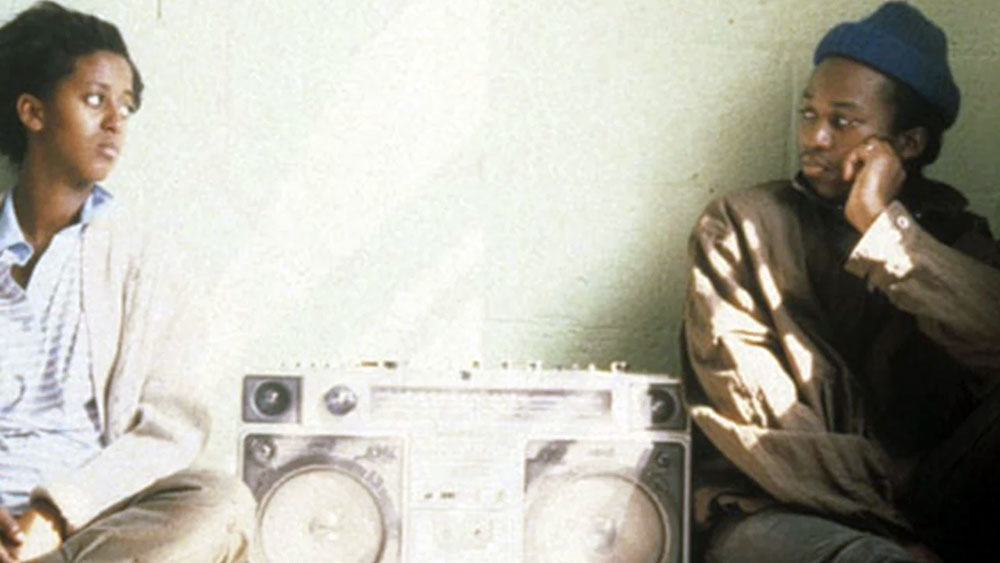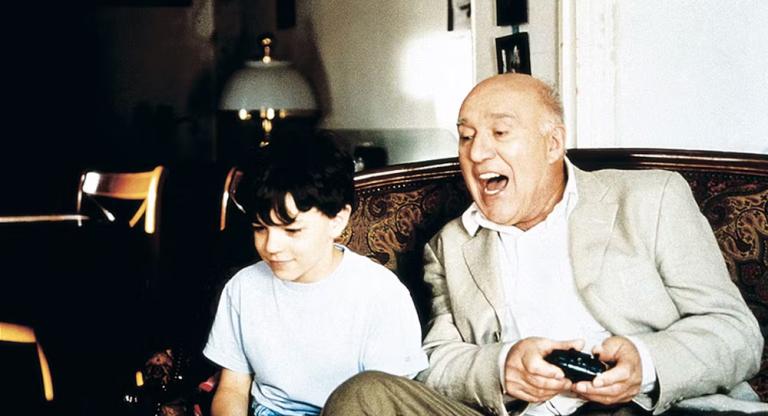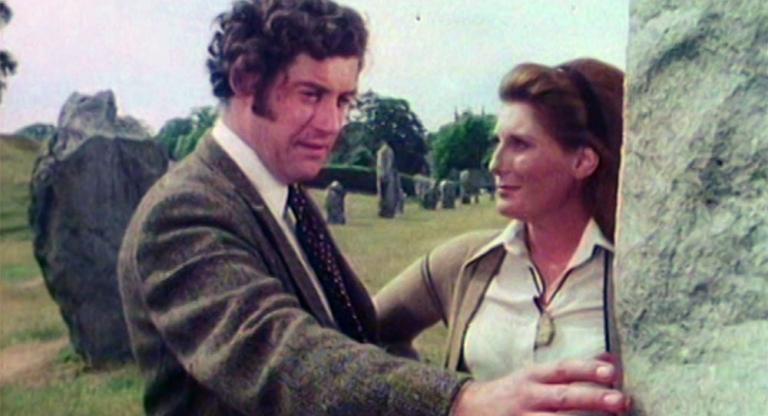The National Film Board of Canada has long operated with the mandate to “interpret Canada to Canadians and to other nations.” With this goal in mind, the NFB’s subsidizing of the cinematic arts has enabled the formal experimentation of filmmakers such as the pioneering avant-garde animator Norman McClaren and the documentarian-cum-performance artist Alanis Obomsawin over the decades. More recently, it has also supported the likes of Sarah Polley and Matthew Rankin. Even the United States’ own William Greaves, who spent several years at the NFB in the 1950s, credits the organization with his career, emphasizing its insistence on exploring the social and educational uses of film. For the filmmakers of Studio B, the NFB’s documentary division, these values oriented their theoretical and formal approaches. In his account of the NFB’s mid-20th century activities, “In the National Interest,” the historian Gary Evans details how Henri Cartier-Bresson’s notion of “the decisive moment,” as well as the immediacy of Italian neorealism, influenced the division’s output. Following the example set by Jean Rouch’s Chronicle of a Summer (1961), Studio B Filmmakers Wolf Koenig, Stanley Jackson, Tom Daly, and Roman Koiter developed the acclaimed vérité series Candid Eye (1958 - 1961), which was enabled by their own contributions to the advancement of 16mm cameras and sync-sound technology. By the 1980s, these strong documentary traditions inspired newer members of the division like John N. Smith and Giles Walker to produce what they termed “alternative dramas”—films that were predicated on the tensions between documentary aesthetics and narrative pretense. Smith’s Sitting in Limbo (1986) is one such film.
Sitting in Limbo depicts Montreal’s West Indian community in a social realist style. The film narrates the mundane travails and private moments of happiness experienced by a pregnant adolescent couple as they navigate the precarity of a situation that exceeds the scope of their age and economic circumstance. Fabian is 18 years old and recently expelled from high school for absenteeism when his girlfriend Pat, also 18, informs him she is pregnant. Pat, a gifted student, fields a mixture of advice and criticism from concerned friends and family when she decides to take a shot at raising the child with Fabian. In swift order, Pat and Fabian find jobs, an apartment, and begin the project of adulthood. Unsurprisingly, things do not go as planned for the teens, who find themselves dogged by racism and socio-economic pressures which wear down even the adults in their lives.
Working with nonprofessional actors and employing an improvisatory approach to scene and story, Smith and his cast imbue Sitting in Limbo with the immediacy of documentary while still maintaining enough clinical distance to indicate the film as merely suggestive of an experience—as Smith puts it in an article from 1987: “making fiction truthfully.” The performances from Pat Dillon and Fabian Gibbs are in a very minor register yet remain authentic, never threatening the histrionics that such a premise might reasonably entail. For his part, Smith finds clever ways to advantage natural occurrences in the mise-en-scène toward illustrating the hazards of Pat and Fabian’s situation without compromising his realist aesthetics. One early scene sees Pat being lectured to by a close friend, herself a single mother, about the ways in which she will inevitably assume the responsibility of raising not just a baby, but Fabian as well. The scene is staged in a child’s bedroom and is partly shot through the bars of a crib, suggesting Pat’s growing awareness of how these relationships will come to limit her options in life. In a later scene, Fabian, who has found work in a garment factory, receives sharp criticism from his employer as he works at a conveyor belt vacuum sealing pantsuits. As the security of his job is threatened, the empty forms of the suits file by, emphasizing the impersonality and precarity of Fabian’s role.
The film’s title is taken from a Jimmy Cliff song of the same name, and his music fills out a soundtrack composed of familiar reggae hits. The film, which concludes with a tragedy that also offers something of a saving grace, is not without hope. Here, the music plays against the muted performances and the inevitability of the narrative to suggest a will—an almost spiritual determination—carried especially by Pat. Though there is a sense of impossibility and even predestination to their circumstances, the yearning in Cliff’s vocals underscores the resolve in Pat and Fabian’s earnest attempts at carving out a life for themselves. As Cliff sings on another of his most famous tracks: you can get it if you really want.
Sitting in Limbo screens tonight, February 25, at Spectacle.



